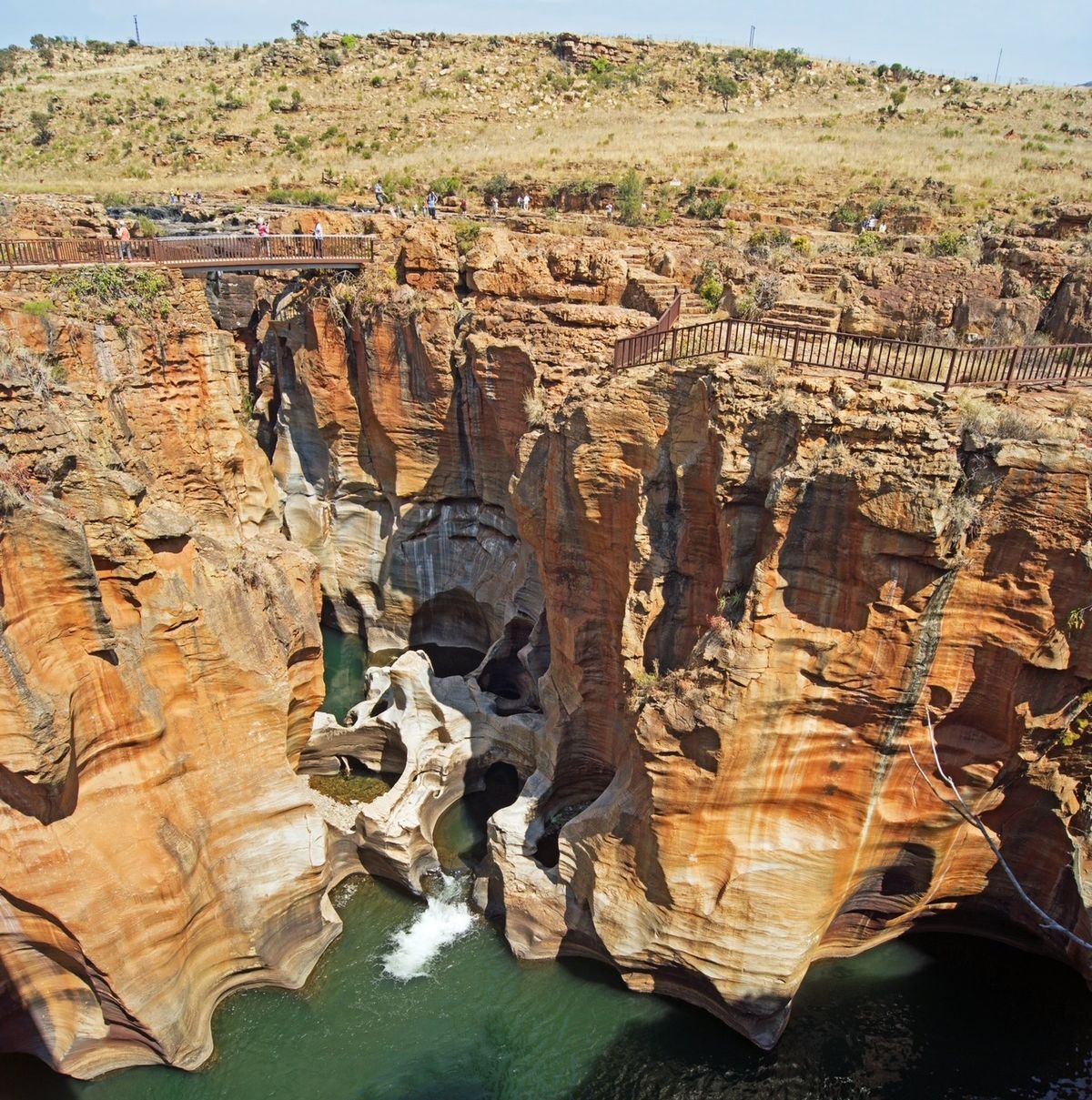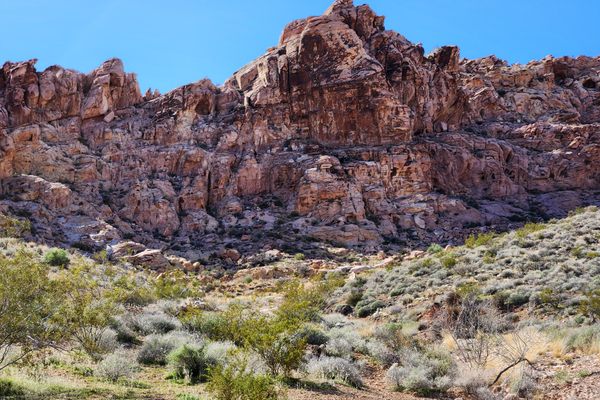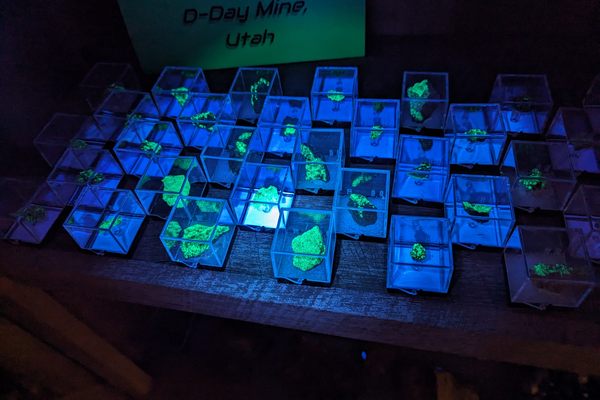About
At the confluence of the Blyde River and the Treur River in the South African region of Mpumulanga, thousands of years of water erosion have created a unique and otherworldly geological feature.
Here at the mouth of the Blyde River Canyon, the two rivers formed swirling eddies of water. Over time, this formed huge cylindrical potholes in the sandstone bedrock. The effect, seen from the crags above, is now a fascinating network of tunnels and tubes and interconnected whirling pools. The different soil levels in each hole give them each a unique color and makes for a striking and colorful landscape.
The formations get their name from a prospector, John Bourke, who was one of the first to proclaim that the region had gold deposits and who staked a claim nearby. Despite the name of the potholes, he never found a single ounce of gold there — though luckier prospectors would later find rich amounts of gold in the area. Even if he walked away empty-handed, his name lives on in the stunning scenery.
The Blyde River Canyon Nature Reserve in which the potholes are located, has bridges and viewing platforms that allow visitors to see the interesting rock features from a variety of angles. There is also a small but interesting geological museum and short walking trails.
Related Tags
Know Before You Go
The potholes are about 35km north of Graskop on the R532. Entrance fee is R25 per person plus R5 per car.
Community Contributors
Added By
Published
March 23, 2016


















































































